Mobility Training: The Fitness Weapon You Need

July 6, 2022 - Updated November 20, 2023
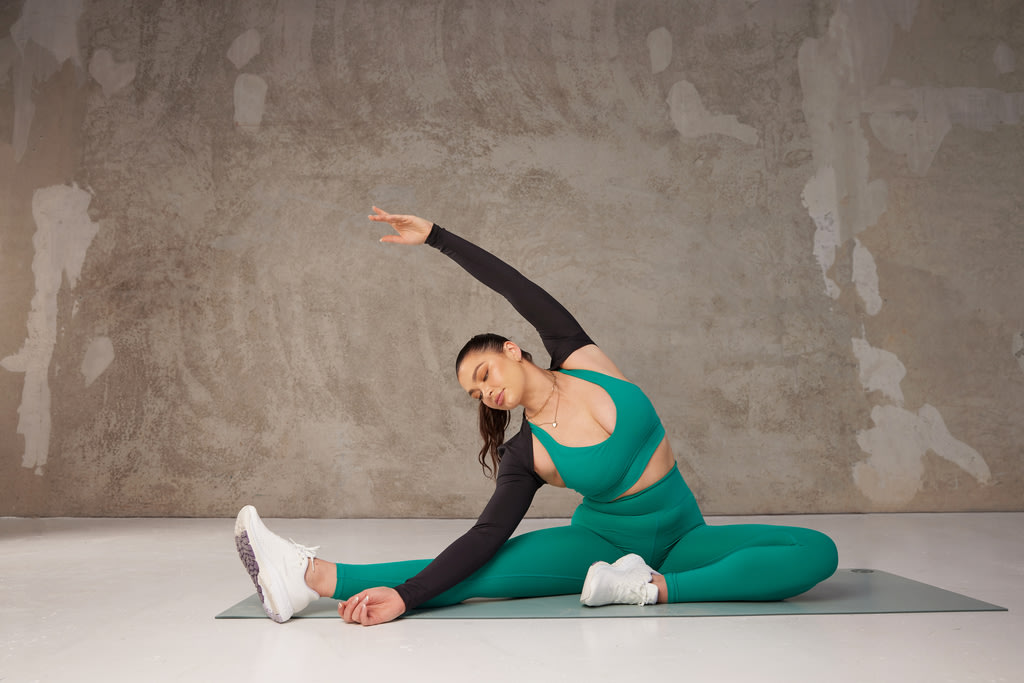
In any fitness journey, knowing what you want to achieve is a powerful way to stay motivated and help you choose the right training style and workout program for you.
For someone who wants to build strength and muscle, resistance training is where it’s at. For fitness and endurance, cardio and HIIT workouts can make a difference. If you just want to find the fun in fitness and feel more confident (aka all of us), choosing a training style that makes YOU feel good is a non-negotiable.
But something we often overlook that can make a world of difference to your progress towards ALL of your health and fitness goals and improve how you feel every day in your body is your mobility. Without good mobility, everyday movements can feel limited, you run the risk of recruiting the wrong muscles, you might feel stiff during your workouts, see slow strength gains (or strength gains in the wrong areas), and it’s likely you’ll increase your chance of pain or injury. No, thank you!
We know the Sweat Community has been on the look out for a mobility training program that will help you move beyond your limitations. To start making mobility training a priority today, check out Kelly MacDonald’s six-week program in the Sweat app - Mobility & Strength in Motion - or her Mobility at Home Series in the On Demand section!
Originally a gymnast who represented New Zealand at the Commonwealth Games and now a personal trainer specialising in mobility training, Kelly was the perfect person to bring this versatile training style to the Sweat app and help you discover just how good movement can feel.
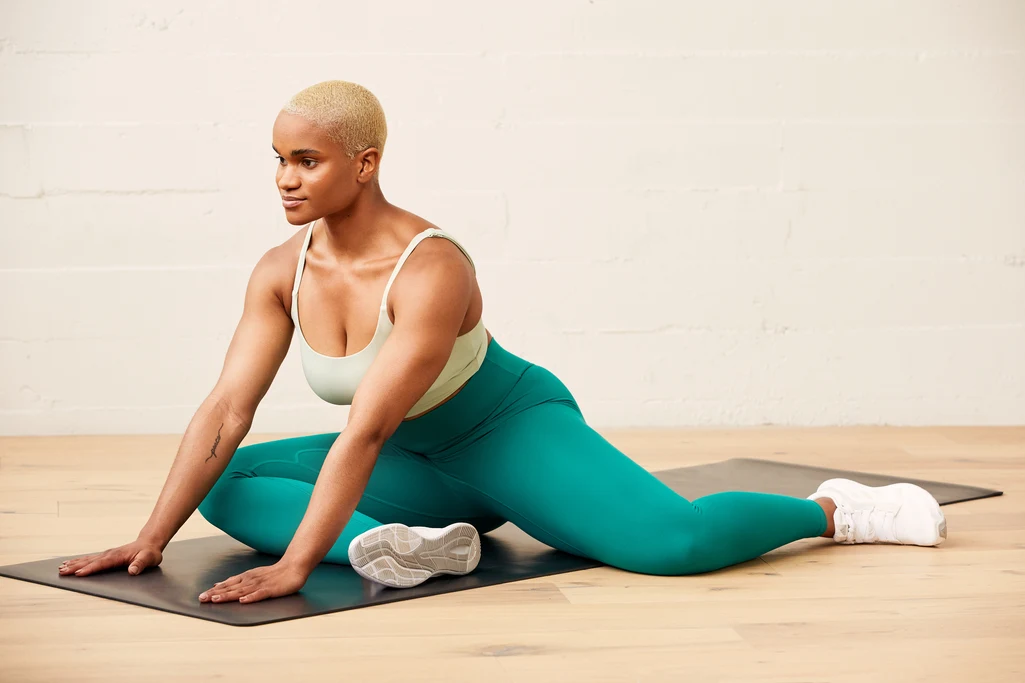
What is mobility? How is it different from flexibility?
While mobility and flexibility are related, they’re not the same thing. Flexibility is one component of mobility and refers to the ability of a muscle to be lengthened.
Many people liken the flexibility of a muscle to a rubber band. When stretched, it will lengthen. A more flexible rubber band will stretch more, just like a more flexible muscle. But having good flexibility in your muscles doesn’t necessarily mean you have good mobility.
As Kelly MacDonald explains, when we talk about mobility, we’re talking about the ability of a joint to move through a full range of motion with ease and control. You could have flexible muscles, but if your joints are stiff and won’t allow you to move, it’s not going to mean much!
Good mobility is a combination of flexibility, control, strength and range of motion. Testing squat depth is a great example. Someone with good mobility will be able to squat with control and get into a deep position, breaking parallel with their thighs while still maintaining an upright posture and an engaged core. With poor mobility, you might only be able to get into a quarter squat position before you feel stiffness or start to compromise your form.
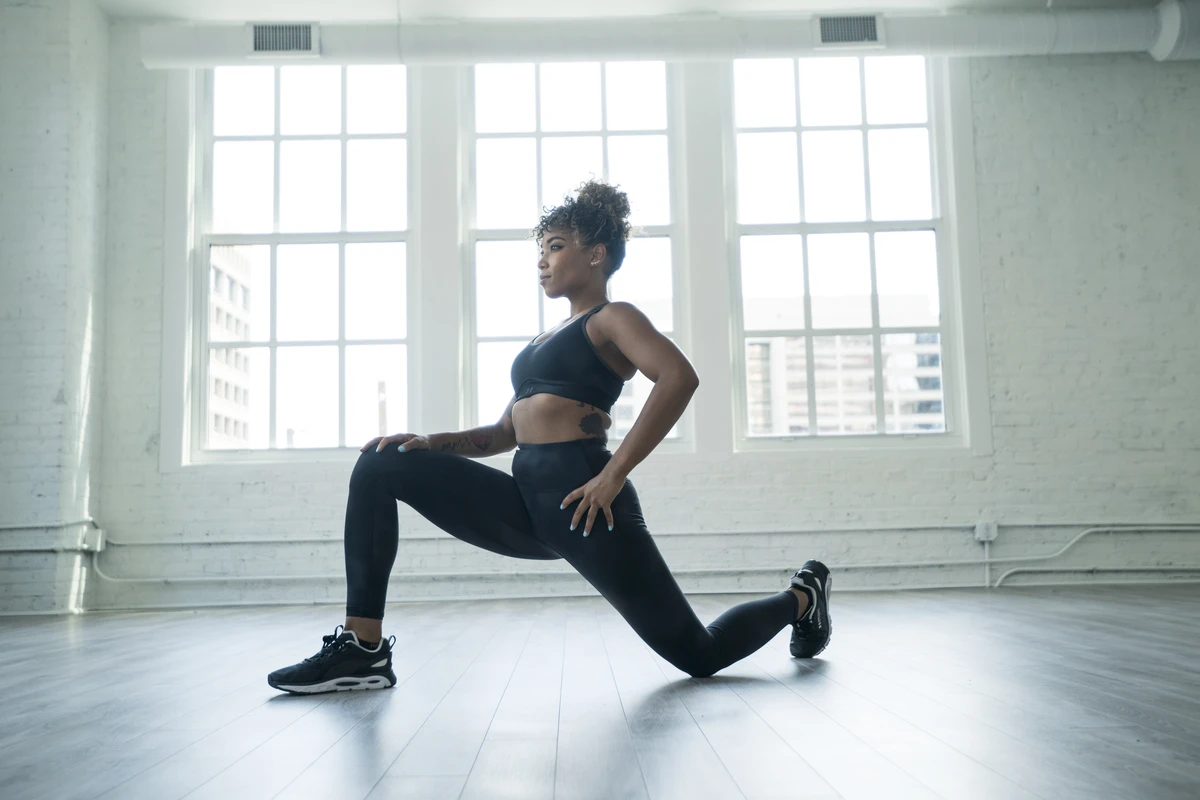
Why is mobility important?
“It prevents injuries, enhances performance, improves posture and alignment, and is great for recovery. Without mobility training, you increase your chances of injuring yourself, reduce your body’s ability to perform, limit your functional movement and you increase your risk of living in chronic pain or discomfort, either now or in years to come,” says Kelly.
If we continue with the squat example, good mobility isn’t just about better depth and posture, it’s also about long-term results. Without good mobility, your body may start to compensate by recruiting smaller muscles or compromising your form. Your heels might lift, your knees might turn inwards, or you might push through your knees and rely on your quads rather than your glutes.
Suddenly, you’re wondering why your knees or back are hurting and you’re not seeing any strength or muscle gains. Unfortunately, most people don’t realise they have poor mobility (or think working on mobility isn’t necessary) until it’s too late and they’re in pain or injured.
Want to keep progressing, seeing results and avoiding injury (not to mention being able to move freely as you age)? Start prioritising your mobility today!
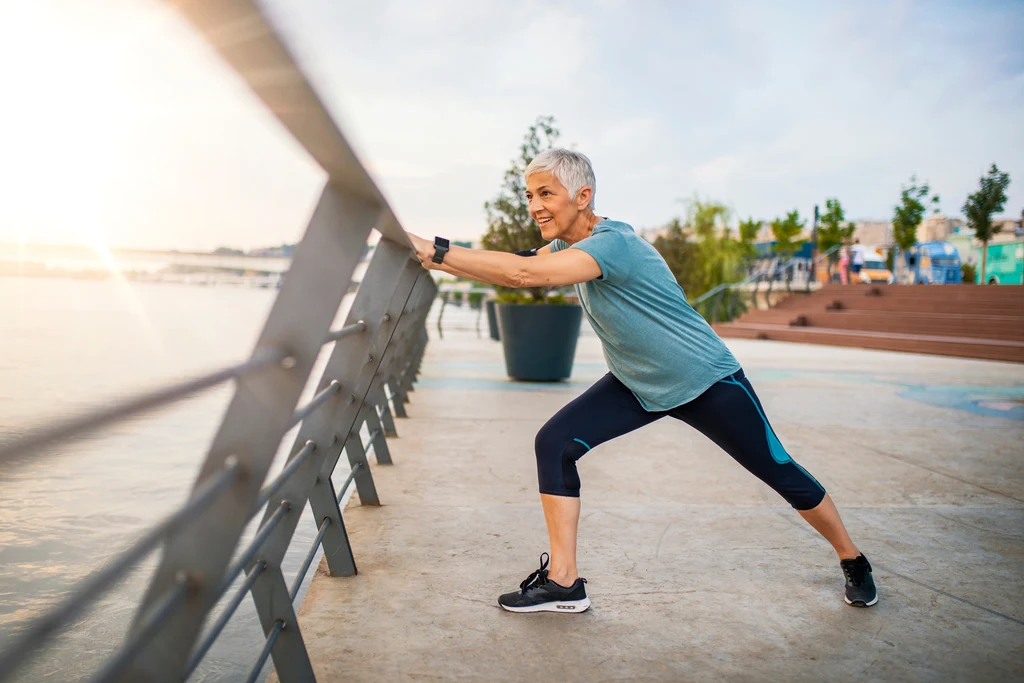
How can you make mobility exercises part of your routine?
Thanks to high demand from the Sweat Community and the amazing Kelly MacDonald, mobility training now has a six-week program of its own in the Sweat app.
Mobility & Strength in Motion is designed to increase your range of motion, flexibility, strength, posture and body alignment to help you move every day with more freedom and confidence. Each week, you’ll have four 30-45 minute full-body workouts using a variety of equipment and unique exercises, alongside cardio sessions to keep you moving.
For other ways to work on your mobility, a good routine to get started with will include three things:
Self myo-fascial techniques (like foam rolling) to release muscle tension.
Dynamic mobility drills as part of your warm up to practice moving joints through a full range of motion.
Static stretching to increase flexibility.
Dynamic drills and stretching should be performed after you’ve warmed up and increased your blood flow. This will ensure the muscle tissues are more supple and allow better movement, during your drills AND your workout. In the Sweat app, you can select the in-app warm up for any workout, which includes mobility drills to complement your Sweat session.
“The dictionary defines mobility as the ability to be able to move or be moved freely or easily in relation to the joint, but to me, mobility is so much more than that,” says Kelly. “It’s the freedom it gives you to confidently walk through life knowing your body is capable of whatever challenge you throw at it.”
Working on your mobility is especially important if you spend a lot of time sitting during the day or don’t dedicate much time to workout recovery. These lifestyle factors can all lead to stiff joints, inactive muscles, the rounding of your shoulders and back, and shortened or tight hip flexors. If you’re feeling stiff or limited during any movements, your body is trying to tell you it needs some mobility lovin’!
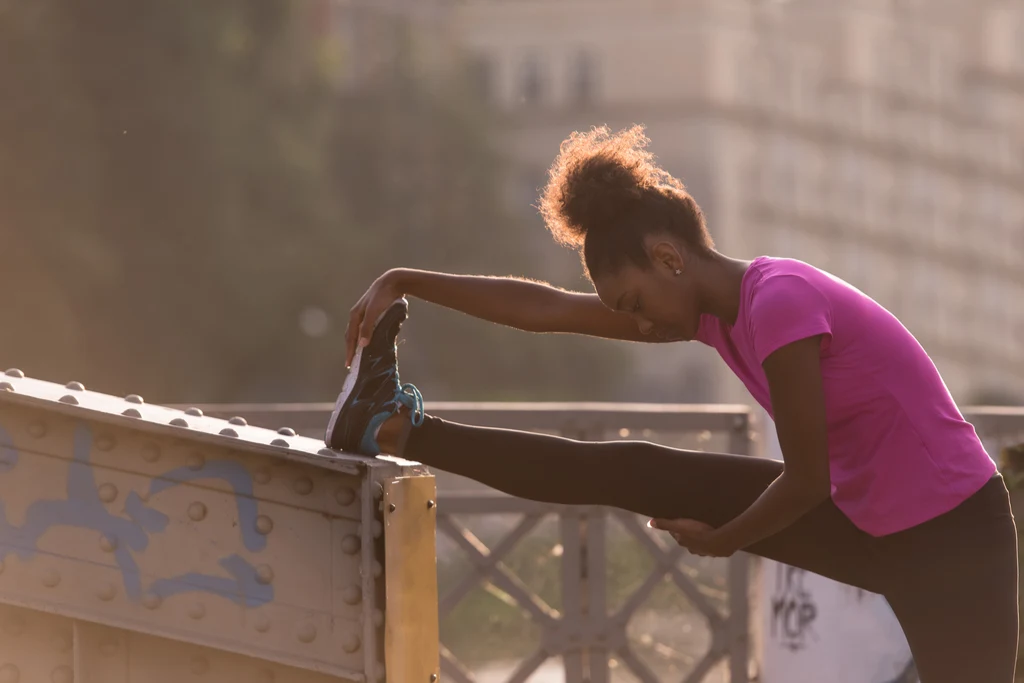
Mobility focus areas
Hips and glutes: If your hip flexors are tight, they will put the brakes on primary movements like squats and lunges. This will prevent you from getting the most out of your workouts and building your strength.
Feet and ankles: For most movements, your feet are the primary point of contact with the floor and carry the weight, too. Poor mobility in your feet and ankles can mean compromising your form or cause issues in your knees and hips. Along with warming up your feet and ankles, using a golf ball as a foam roller for your feet can help!
Thoracic mobility (spine): This is essential for good form and upper body movement. A lot of back and shoulder issues are a result of limited spine mobility.
Shoulder mobility: This is key for several reaching movements, such as shoulder press, supermans, lat pull-downs and pull-ups.
Wrist mobility: Key for lifting, gripping and pushing movements where your wrists flex, including push-ups, holding a barbell, front squats and mountain climbers.
Ready to move beyond your limitations? Here are some of Kelly's favourite mobility drills to try!
Get started with Kelly’s program
Kelly’s Mobility & Strength in Motion program is available exclusively in the Sweat app, alongside her Mobility at Home series - a collection of individual mobility sessions you can add to your existing workout routine when it bests suits you. Not a member? Start your mobility journey today with a 7-day free trial or test these 10 exercises from Kelly. It’s time to improve how you move.

A more empowered you starts with Sweat, and our editorial team is here to bring you the latest fitness tips, trainer recommendations, wellbeing news, nutritional advice, nourishing recipes and free workouts.
* Disclaimer: This blog post is not intended to replace the advice of a medical professional. The above information should not be used to diagnose, treat, or prevent any disease or medical condition. Please consult your doctor before making any changes to your diet, sleep methods, daily activity, or fitness routine. Sweat assumes no responsibility for any personal injury or damage sustained by any recommendations, opinions, or advice given in this article.
Fitness